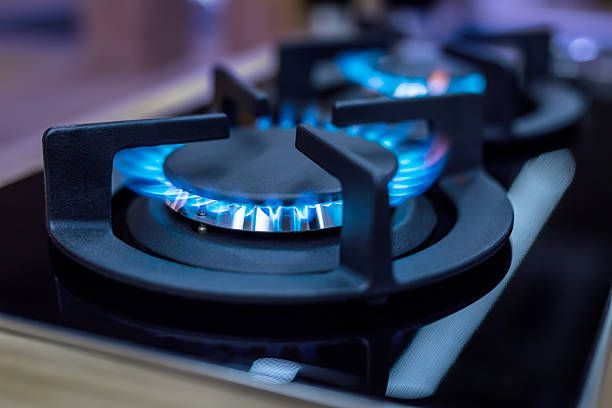Boost Your Bottom Line: The Secret Sauce of Successful Gas Meter Sizing!
Gas Meter Sizing Guide:
Selecting the right size gas meter for your home or facility is a critical step in optimizing operating costs and ensuring a steady gas supply. The key lies in understanding your facility's natural gas or propane consumption, typically expressed in British Thermal Units per hour (Btu/hr), versus the supply. Let's delve into the essential factors and formulas that guide this process.
Natural Gas Calculations:

Propane Gas Calculations:

Dresser/ Roots Sizing Chart
VIEW CHARTIf you need help with sizing your meter, or have a different meter style, contact an EEI sales person to verify your meter size and place an order!
What happens if my gas use increases?
If you plan on increased gas usage (i.e. adding a pool heater, Accesory Dwelling Unit, or home renovations) you may want to consider the planned increase usage and oversize your meter to start. It will save you time and money to not have to replace your meter again when you need it.


